Introduction
Thanks to Fowa, the Italian Pentax importer, I had the Pentax K3 MkIII monochrome to test for some weeks. There is only one way to describe my feelings for this camera: I’m in love with it.
I like to do black and white photography, both in film and digital, and it’s the first time using a digital camera I feel the camera is just a tool to realize my vision and not something that will be in my way and I will have to figure out how to not let it influence my vision.
.
The camera
The Pentax K3 MkIII, in its normal color version, had been on the market for a while. It’s a beautifully built 26 Megapixels Aps-C reflex camera that had great reviews from many photographers. The body is solid, weather sealed, very easy to use and has a beautiful viewfinder.
In the era of mirrorless Pentax decided to continue to produce reflex cameras. If you like optical viewfinders as much as I do, you will really like the quality of the Pentax viewfinders. I tested the K1 MkII, a full frame camera, and the K3 mkIII and also if the K3 has a smaller sensor still it has a great viewfinder that doesn’t seem limited by its size.
Pentax is well know for the quality construction and I have to add that I always found the Pentax cameras very comfortable to handle. I sure fit in the model the designers use as a reference for ergonomic. The buttons feel always in the right spot and easy to identify.
The Monochrome version shares the same exact body and construction quality with an all grey aesthetic touch. The designers really did a great job to give personality to the Monochrome body.
.
The black and white sensor
The sensor used in the monochrome version is the same 26 Megapixels sensor of the color version but without the color Bayer filter in front of it. This gives many advantages for black and white photography. The Signal/Noise ratio becomes higher and so the noise is less. The lack of the demosaicing process allows to produce a more natural file without artifacts.
If you want to know more about the differences take a look at the video where I explain them in detail.
.
.
Image quality
The image quality is absolutely impressive. Testing the camera in studio or using it for normal subjects I was always impressed by the results.
The noise is not existent up to 6400 ISO, becomes a pleasant grain similar to a low ISO film up to 51200 ISO and the file are still nice and usable almost up to the max sensibility of 1.6 millions ISO.
I did a test comparing the K3 MkIII color with the Monochrome and the difference is very evident. You can read here the article I wrote, where you can find also the RAW files to download, or you can watch the video below.
.
.
Real life experience
When I test a camera I like to look for normal and extreme situations to have a feeling of how the camera can handle the everyday job and to test the limits. While I was taking photographs in the Vicoforte Mondovi` Sanctuary I was sure to have found a subject that showed me the limit of the camera. I saw a window with the sunlight coming straight on it and creating an enormous contrast with the darkness of the church inside. I was wrong. The camera managed the contrast perfectly.
You can see the jpg version where all the dark areas are almost lost, followed by the elaborated RAW file where I was able to recover the shadows. The amount of details in the dark areas and the lack of noise recovering them is really impressive. The camera was set at 400 ISO and I used the meter with the settings to keep the highlights, a very useful setting common to the K3MkIII Color and Monochrome.
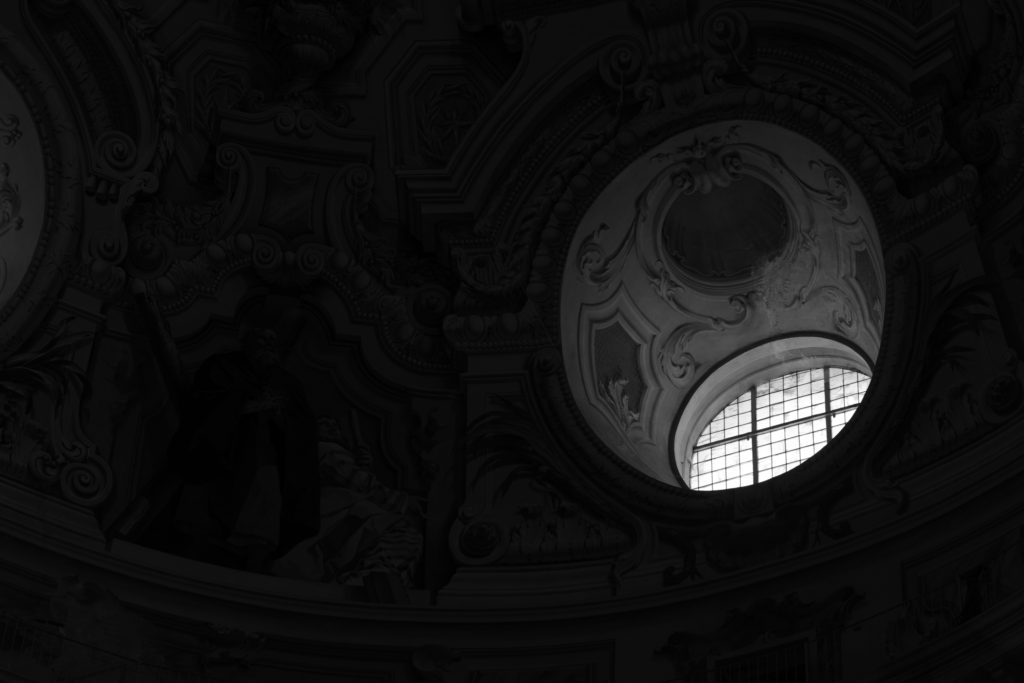
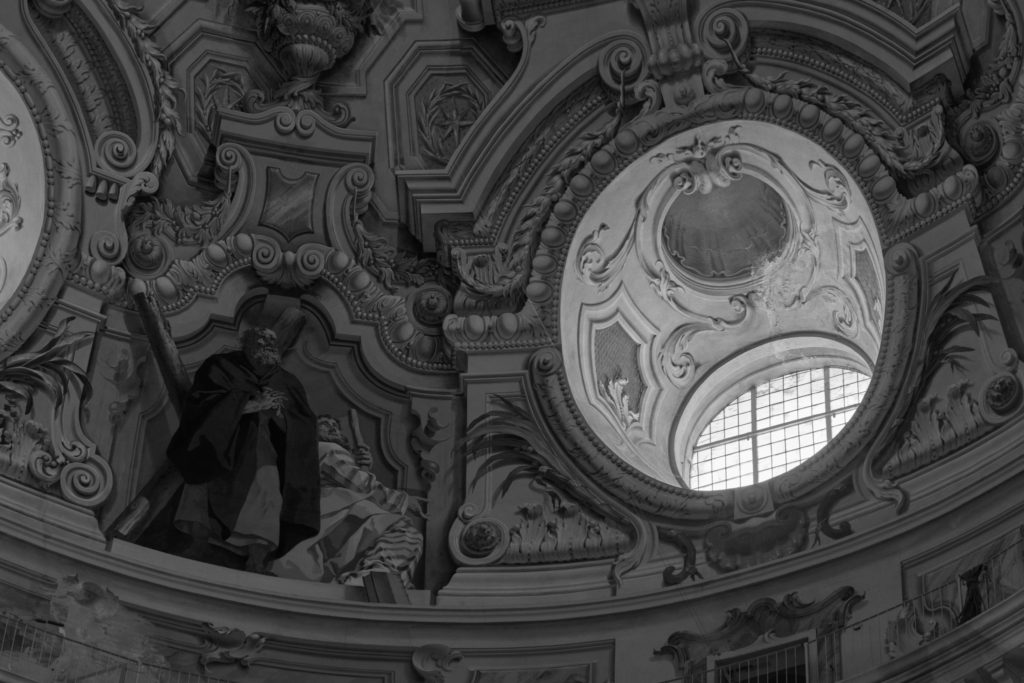
Yo can watch my video review below or scroll down to the image gallery.
.
.
Dynamic range
Another impressive aspect of the images generated by this camera is the dynamic range, or as we were used to call it with film, the exposure latitude.
After trying the camera with different subjects and seeing how easy was to recover the dark areas, I decided to test the camera to see how wide was the dynamic range. I photographed a color target sitting on my library and, again, the result was impressive.
The camera can recover without any problem a 5 stop underexposed image. Some little noise appears in a -7 stops exposure and at -10 stops the noise become evident but is still usable in emergency. So we can have an area in the image with an exposure value 10 stops below the medium grey and we can still recover some details from it obtaining a Zone I in the final print.
The overexposure is something to avoid with this camera. The upper limit is 3 stops, even a little less.
.
Mid-tones
The mid-tones are another Pentax K3 Monochrome strength. The passage between the tones is smooth and at the same time full of separation. Even in very dark areas recovered in post production, the quality and quantity of the mid-tones remain great.
You can have a look at the images in the image gallery below and download some RAW files to have some fun!
.
Post-processing
Post processing the images is very simple. The high dynamic range makes all very easy, it’s just a matter to adjust the levels and sometime recover the shadows.
The limit to not have the colors to apply filters in post is easy to overcome using filters in front of the camera. No different than what it’s done with film.
I see images usually too much post processed, so to have some limitation can be a positive thing. With this camera the photographer become again important and must think and crate before taking the picture and not after, in front of a screen.
.
Download the RAW files
If you want to download the original RAW files and play with them, use the following links. Please consider to use the Donate button so I can cover the increase of expenses for the server space and bandwidth.
K3 Monochrome:
K3Mono_Images.zip
K3Mono_DRTest_Part1.zip
K3Mono_DRTest_Part2.zip
K3Mono_DRTest_Part3.zip
K3 MkIII Color:
K3Color_DRTest_Part1.zip
Please consider a small donation:
.
Conclusion
Pentax did a great job with this camera. For photographers passionate about black and white photography the camera is worth the investment. The results are much better than what can be obtained by a color camera.
In a mass market when we see everyday a lot of similar new mirrorless, it’s a pleasure to see a company doing something different and in such a good way. The only alternative for a pure black and white digital camera is Leica, but is not a reflex and the cost is similar to a kidney.
Kudos to Pentax! Great Job!
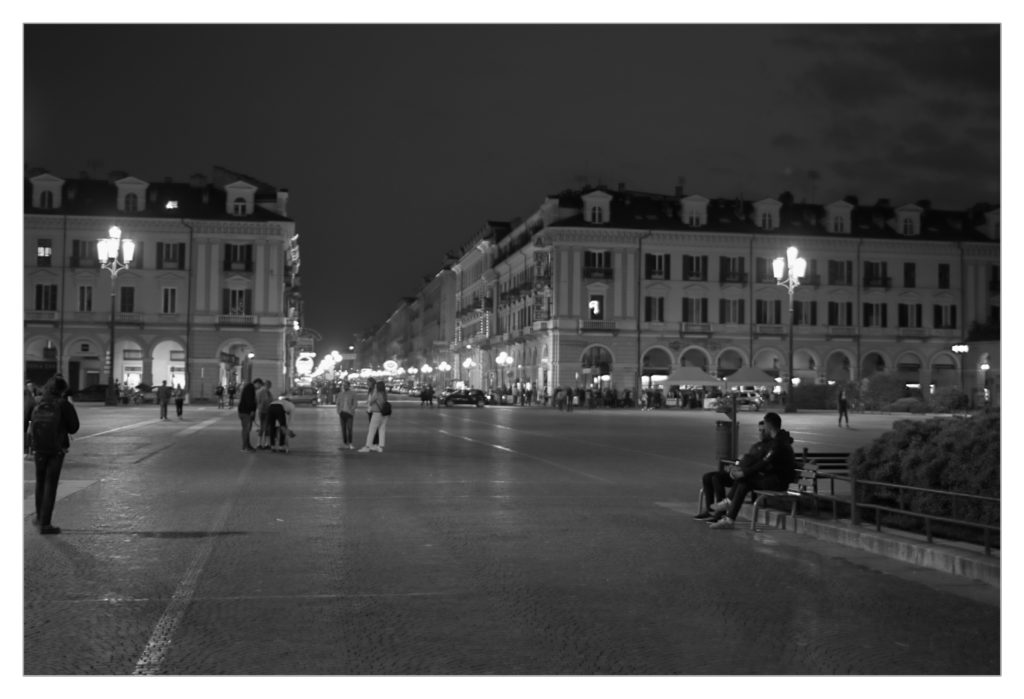

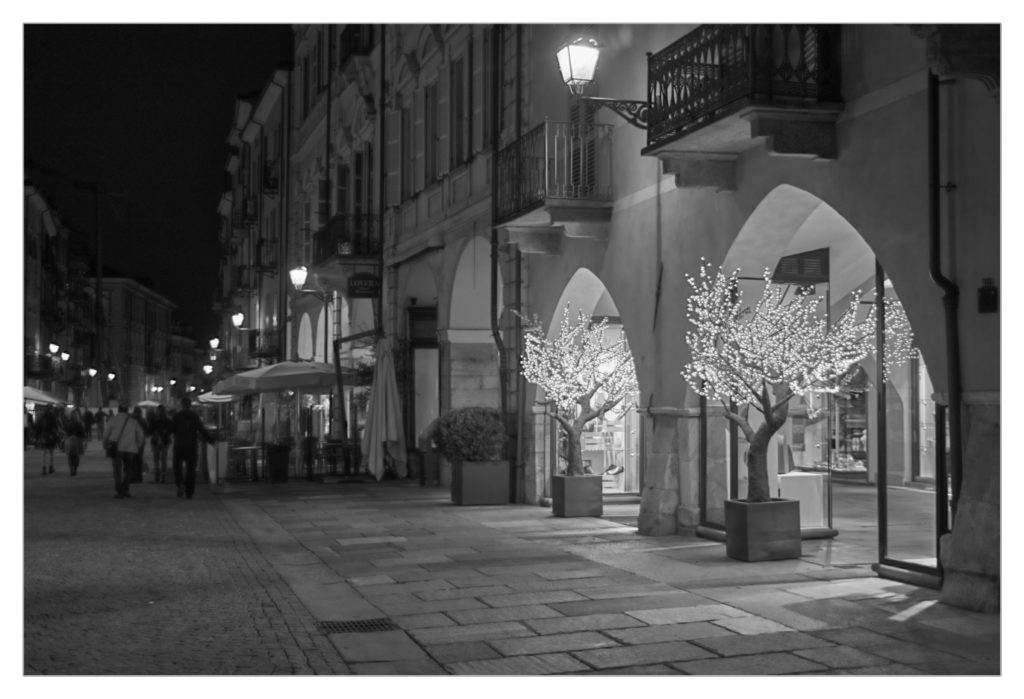
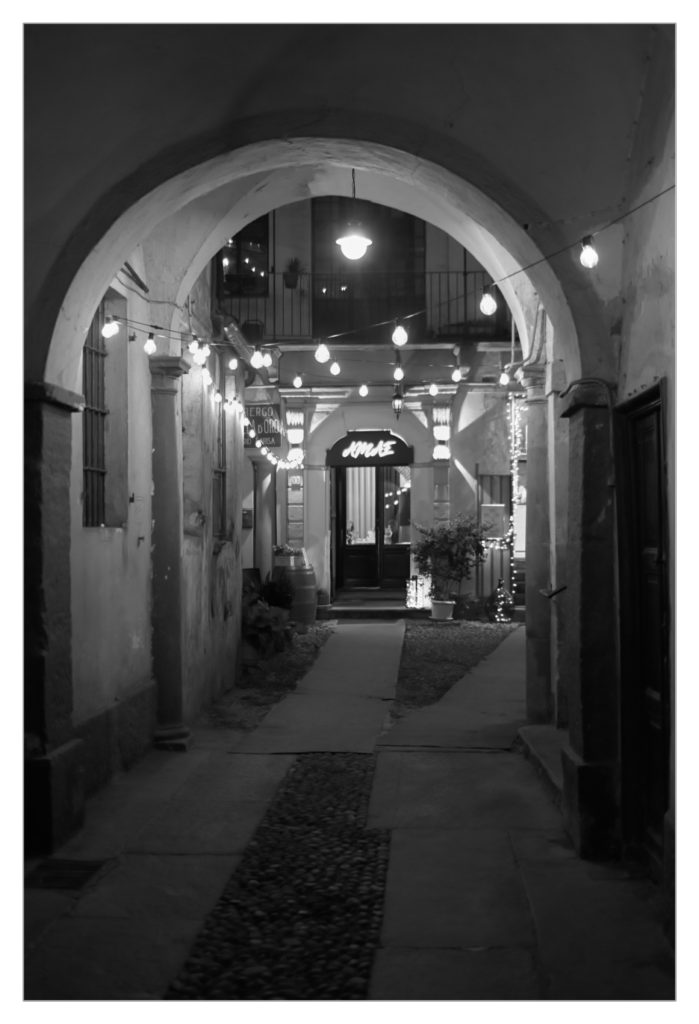
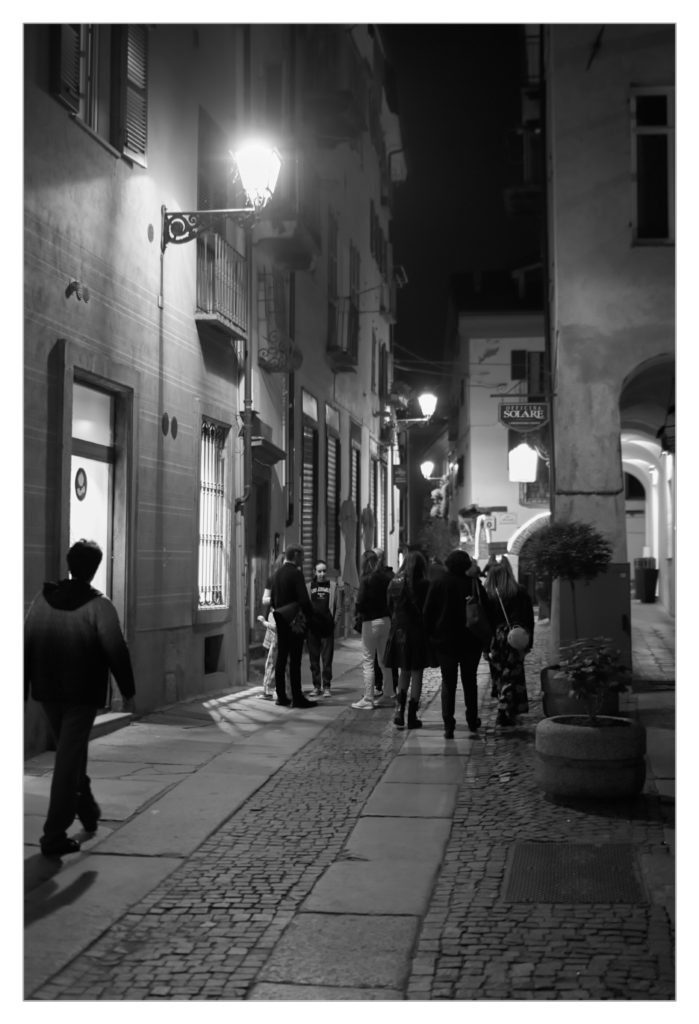
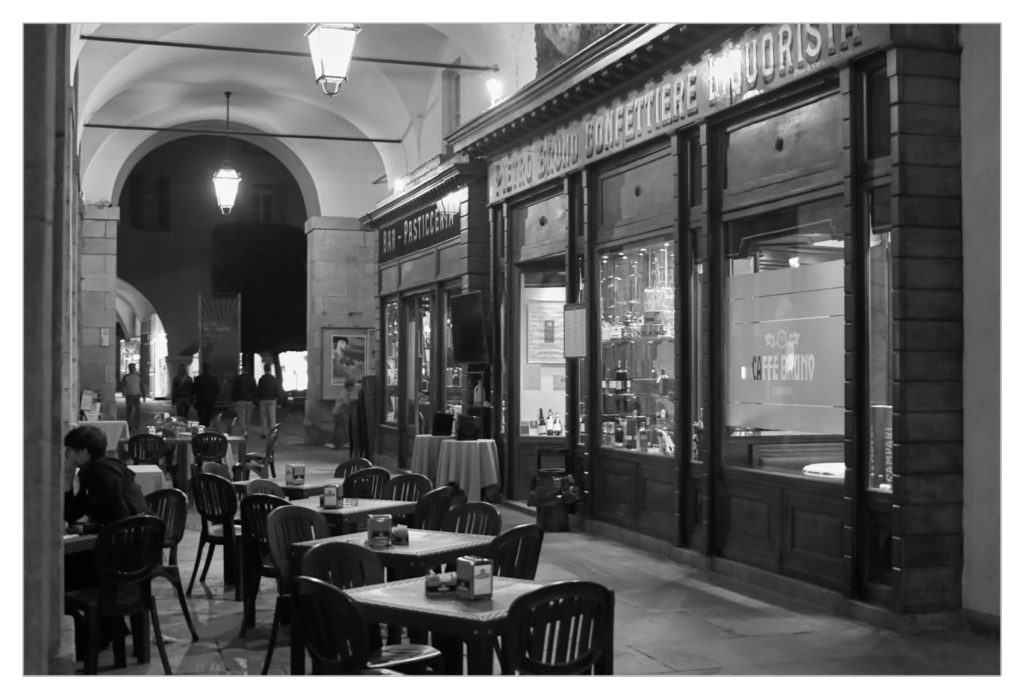



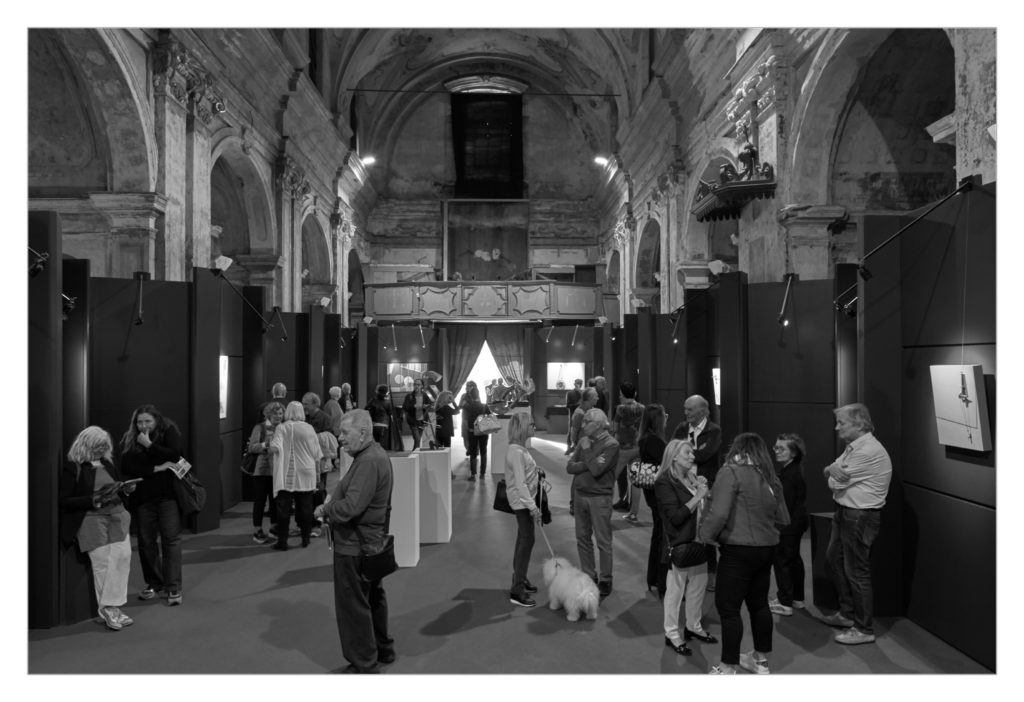
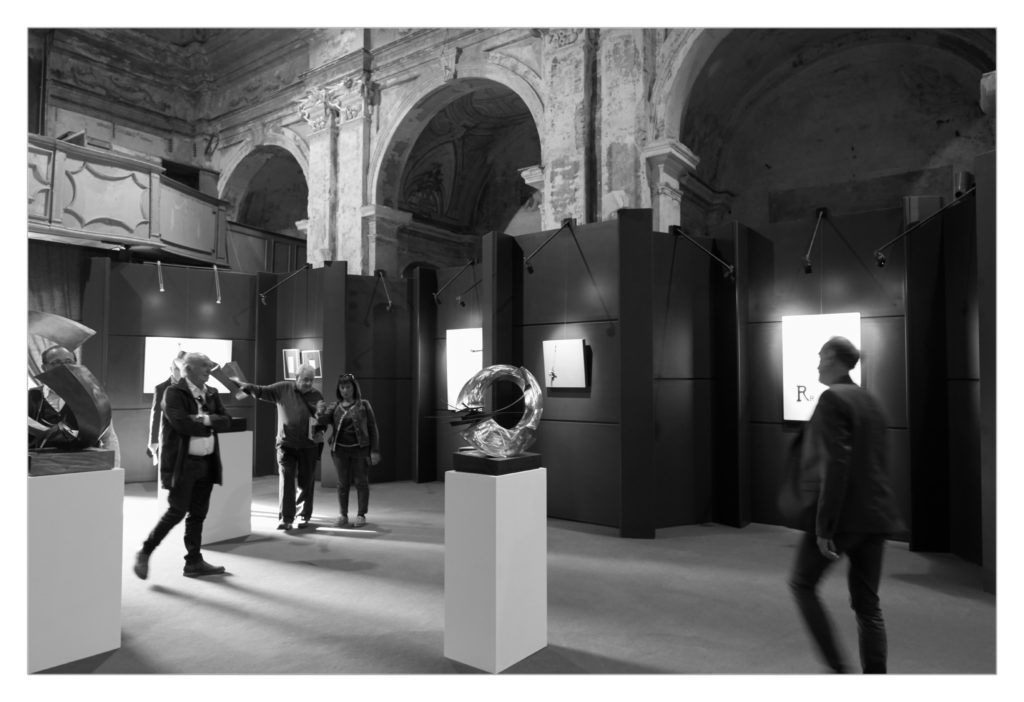
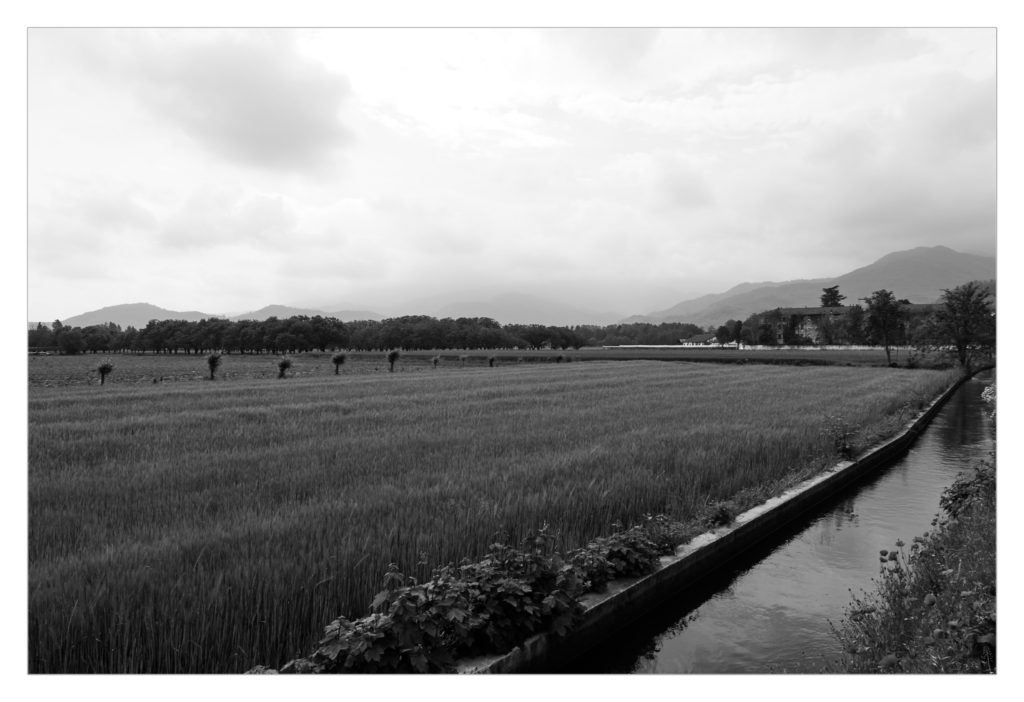

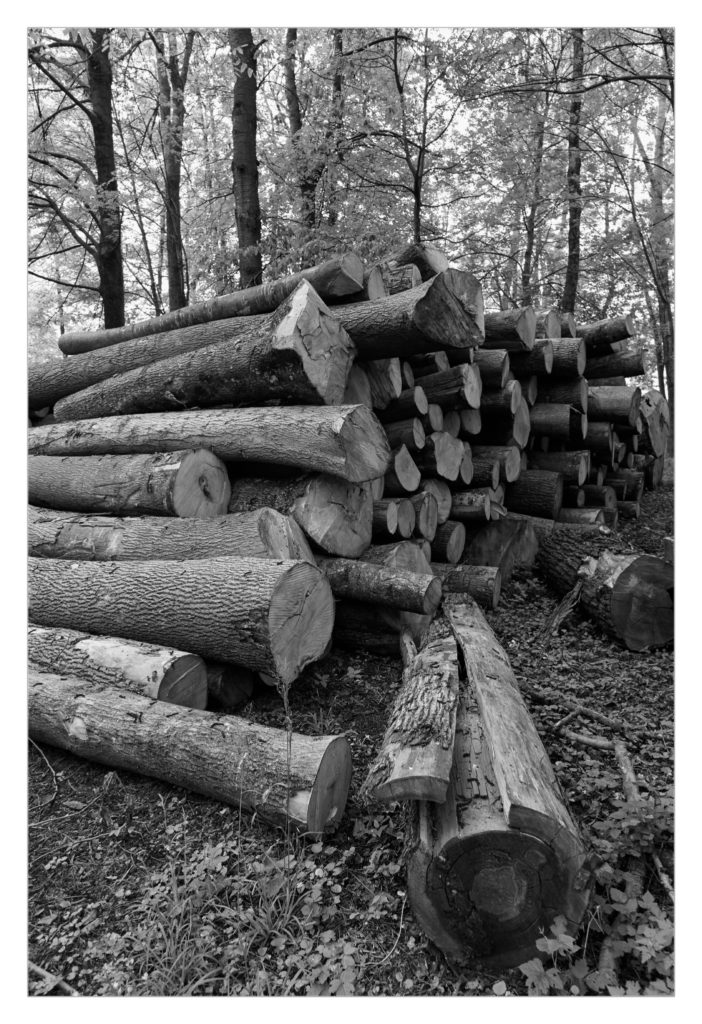
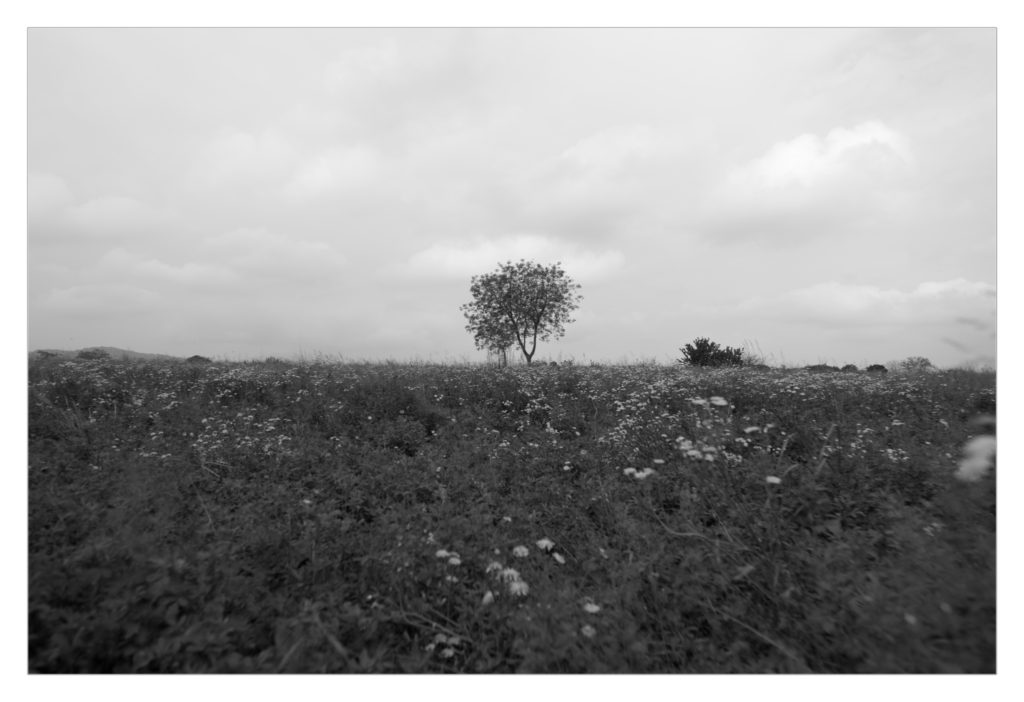


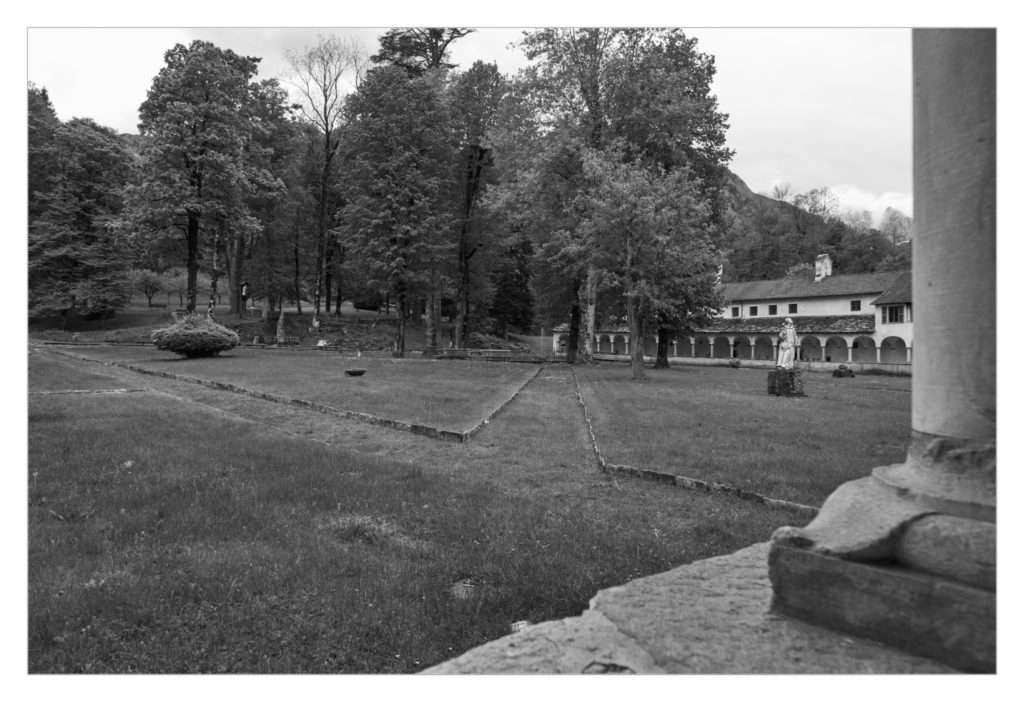
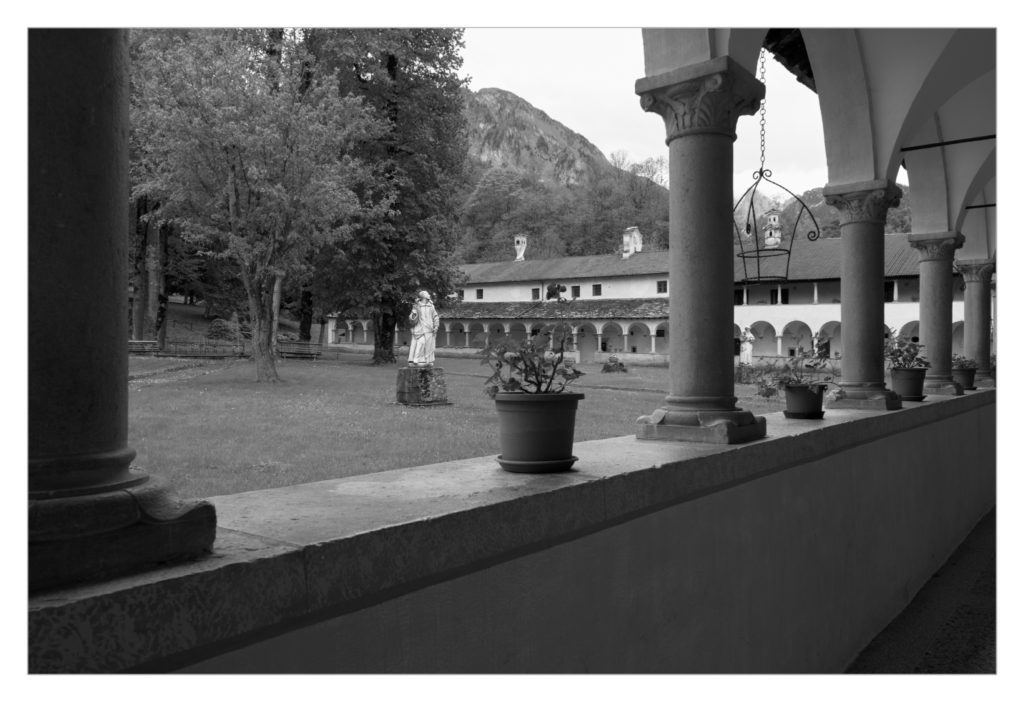

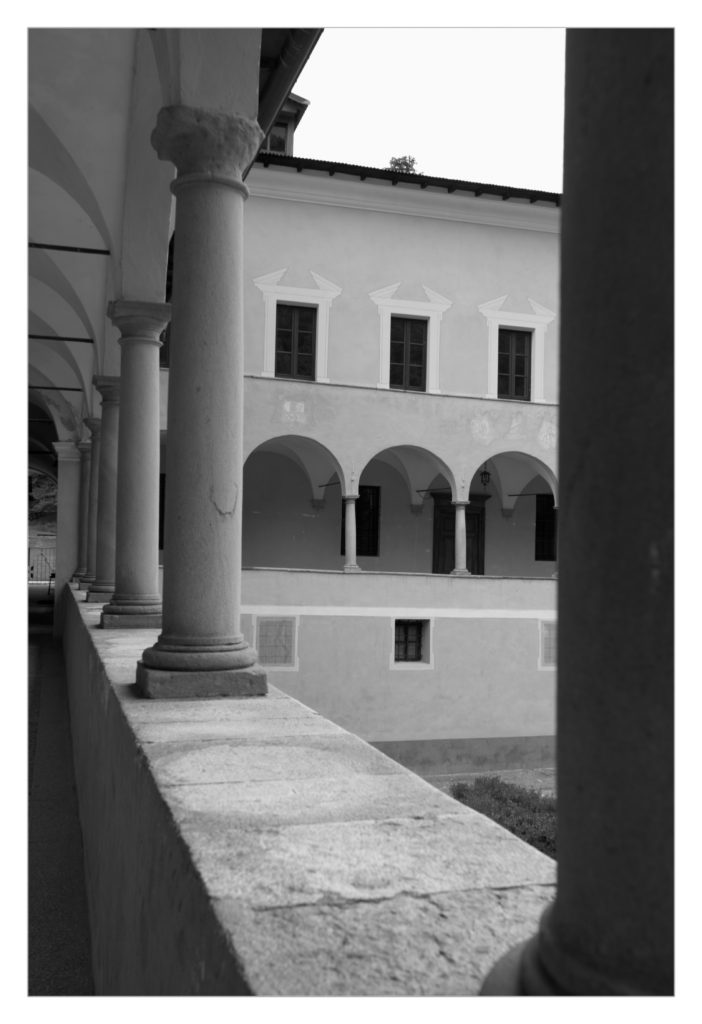
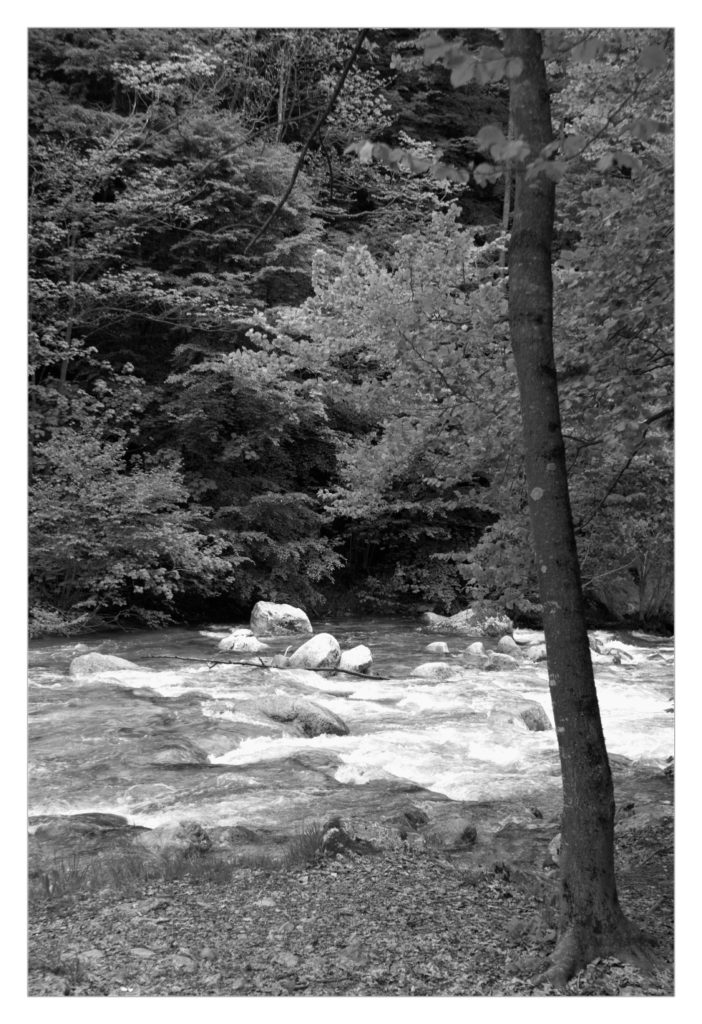
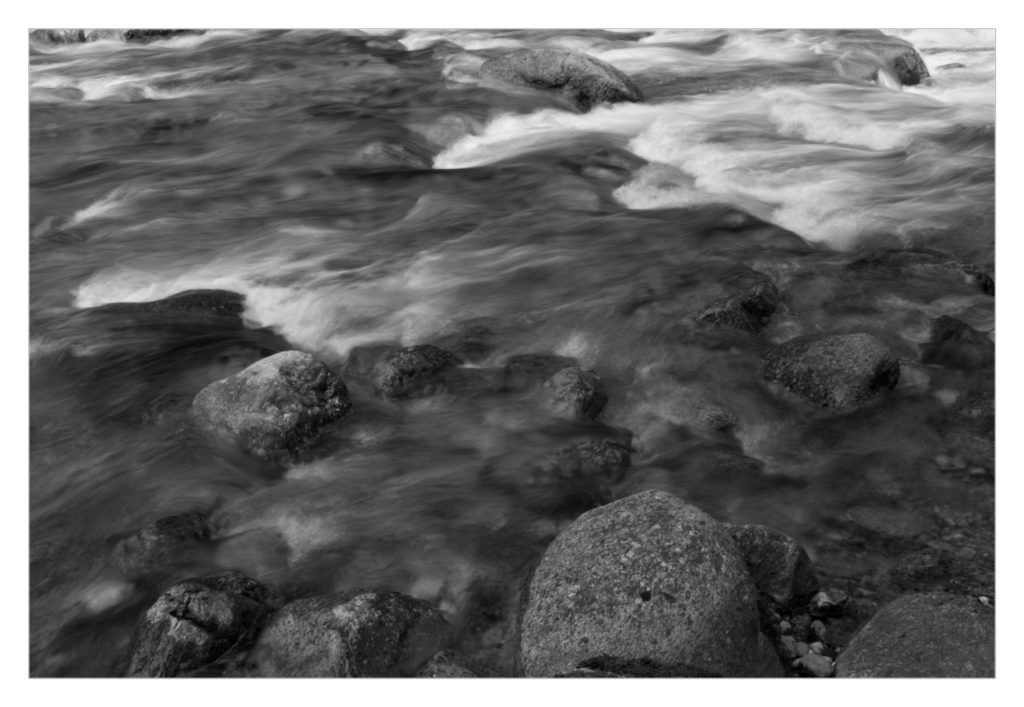
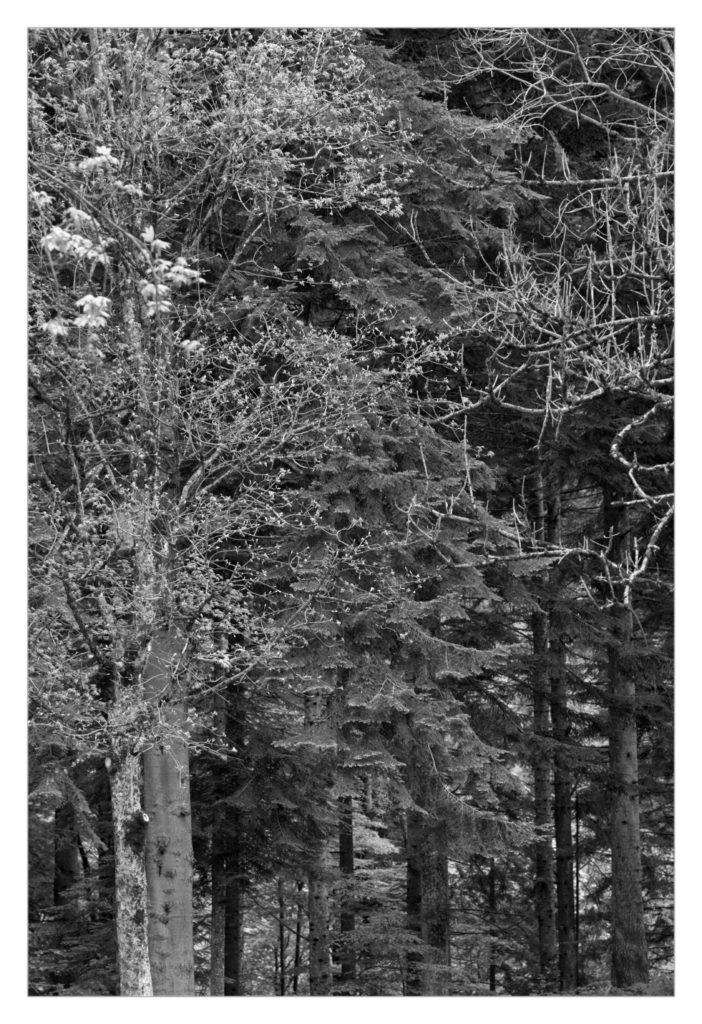

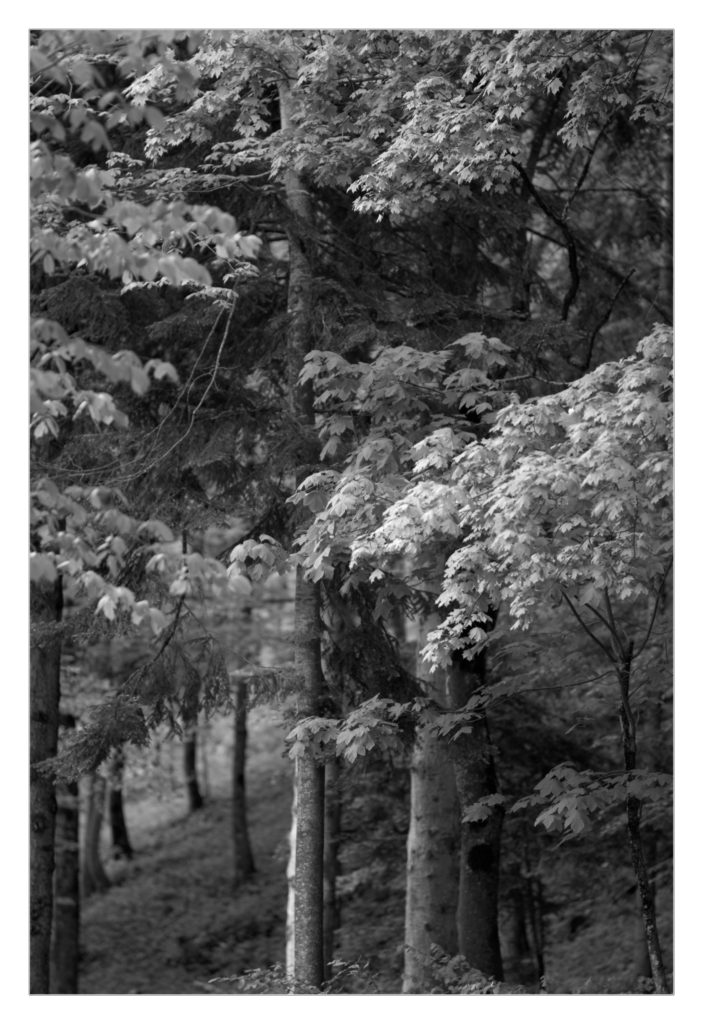

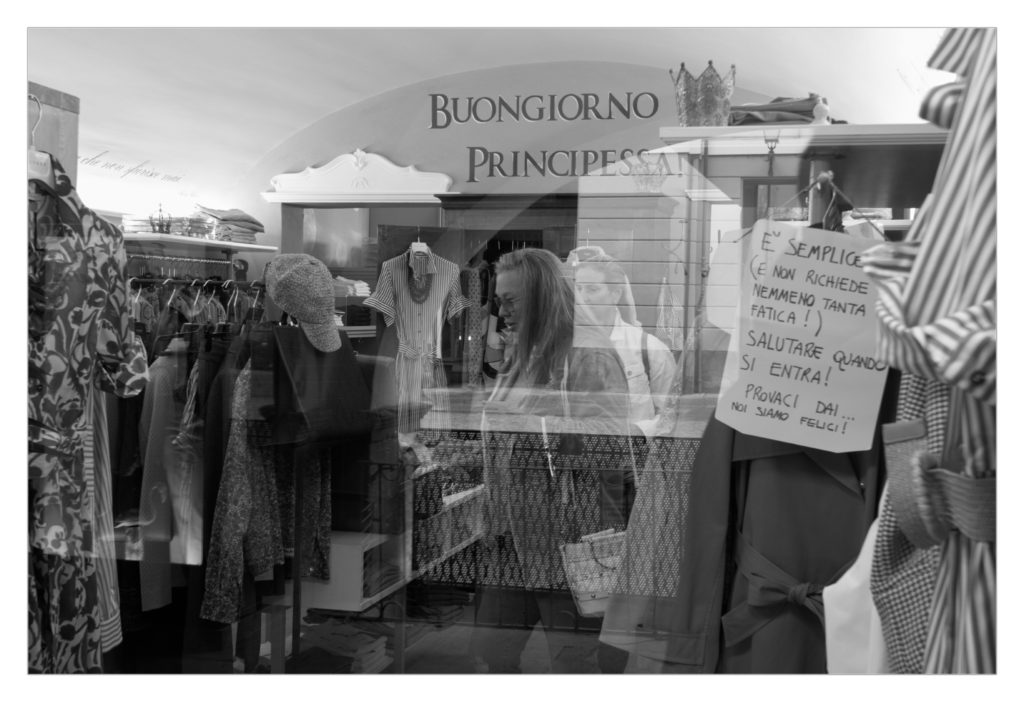


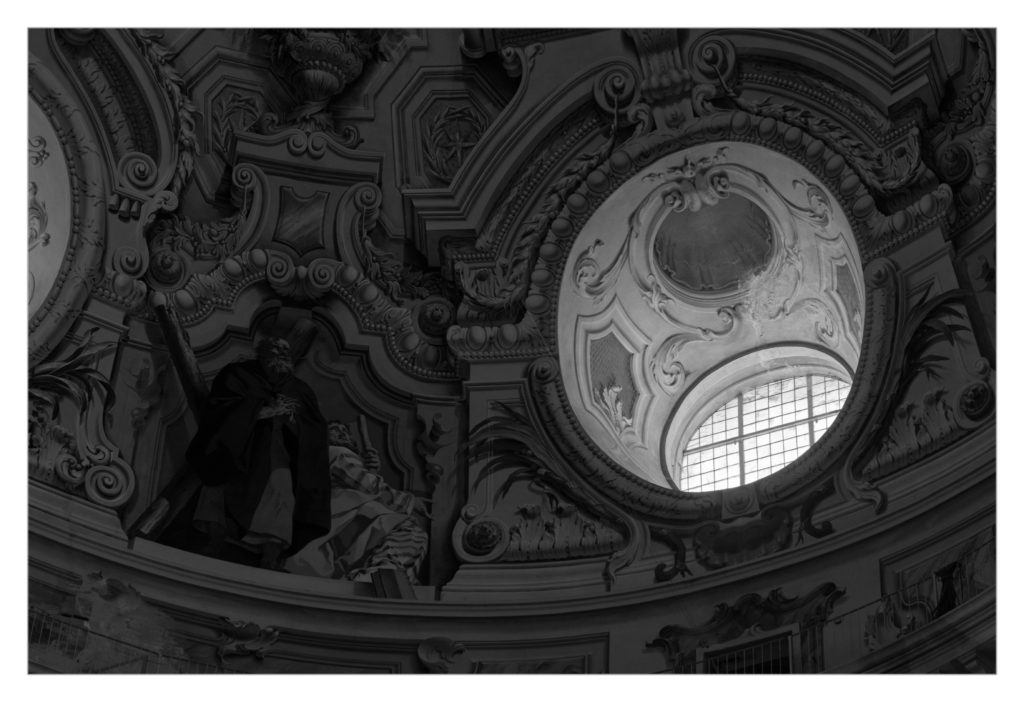
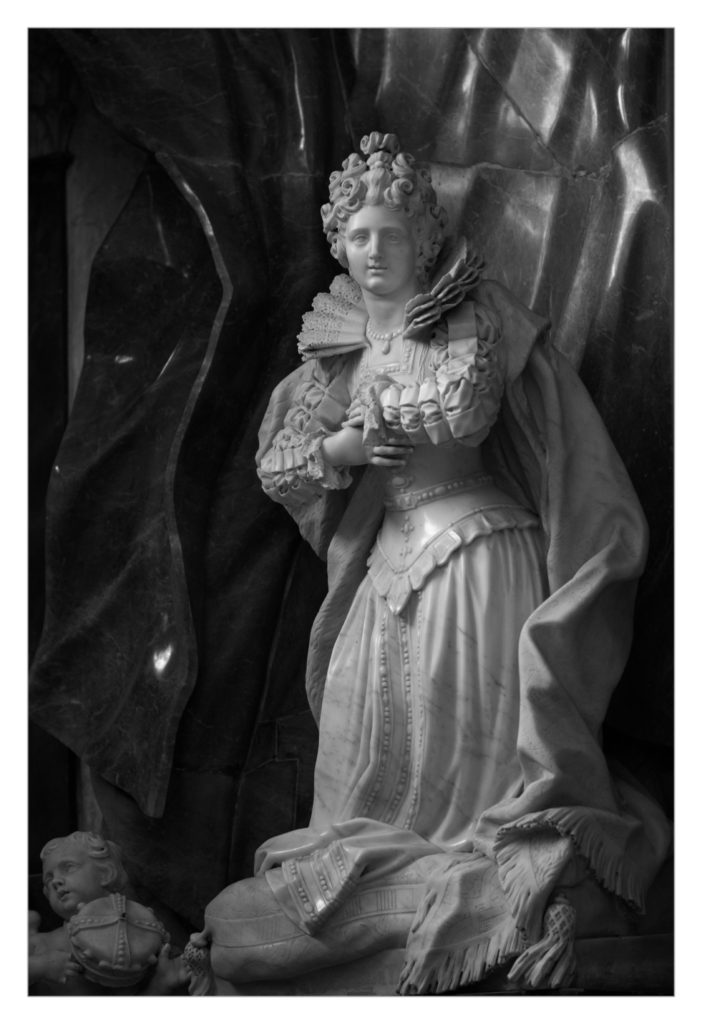
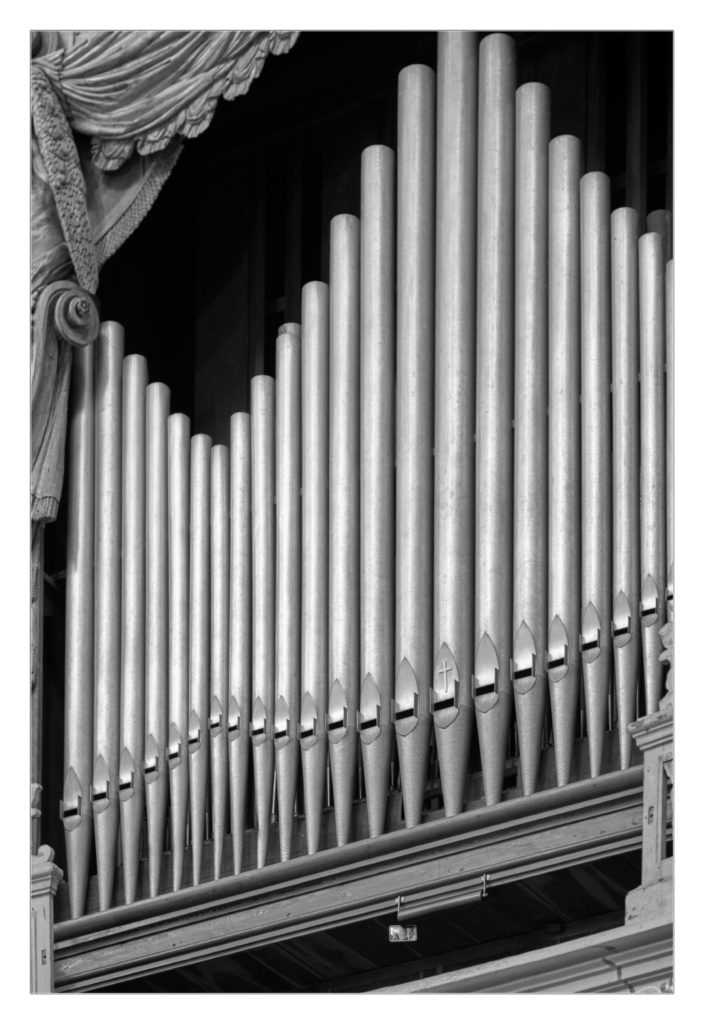
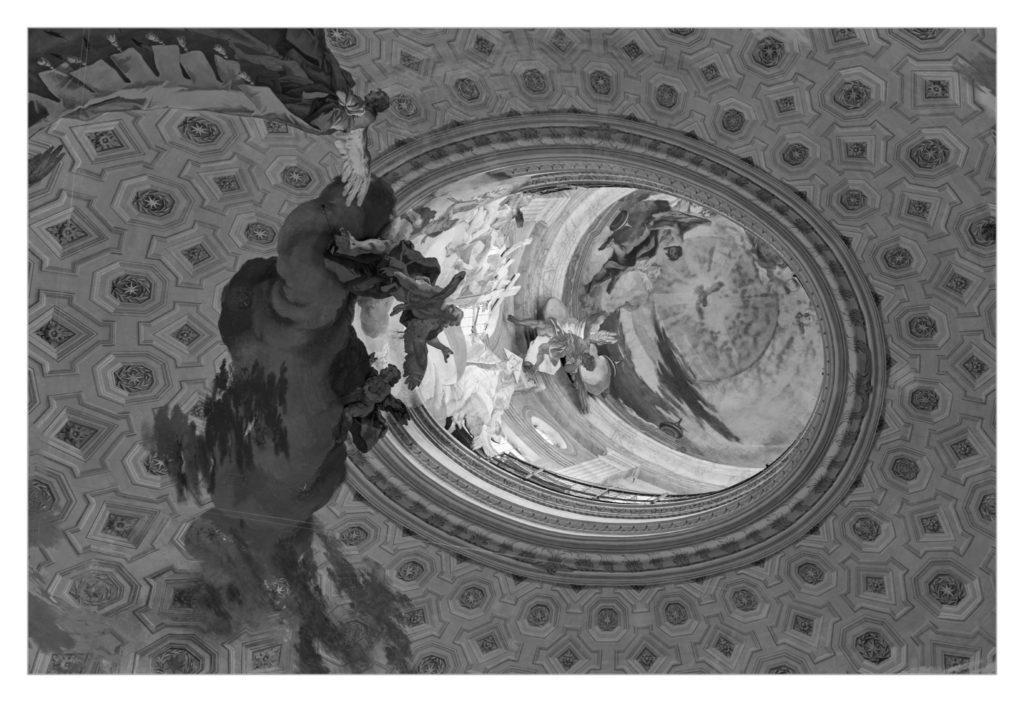
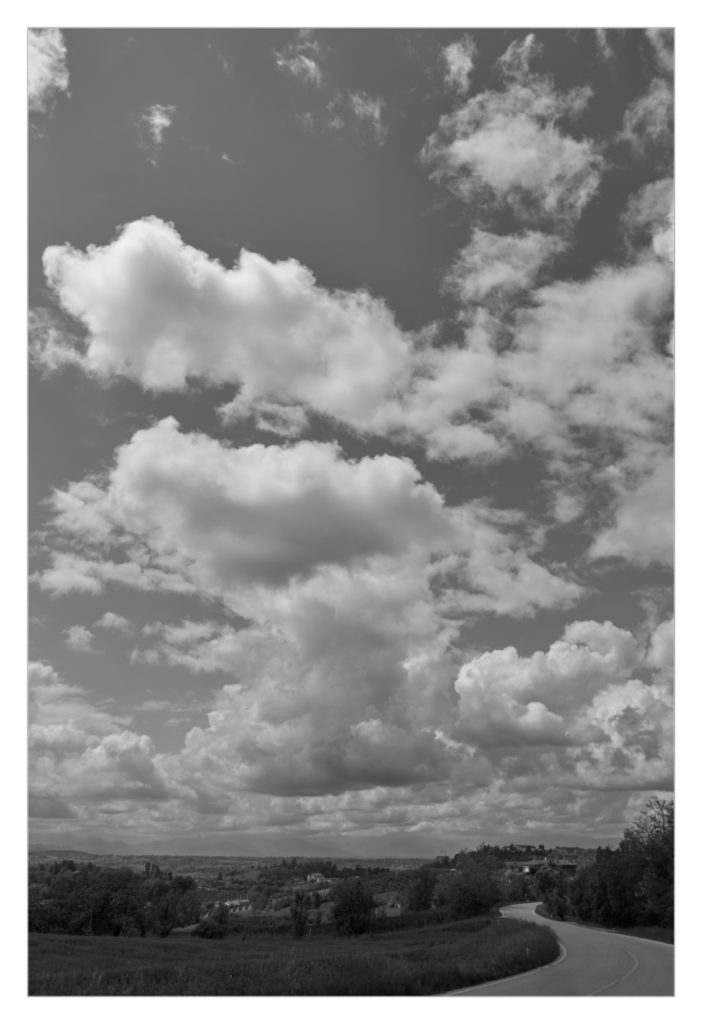

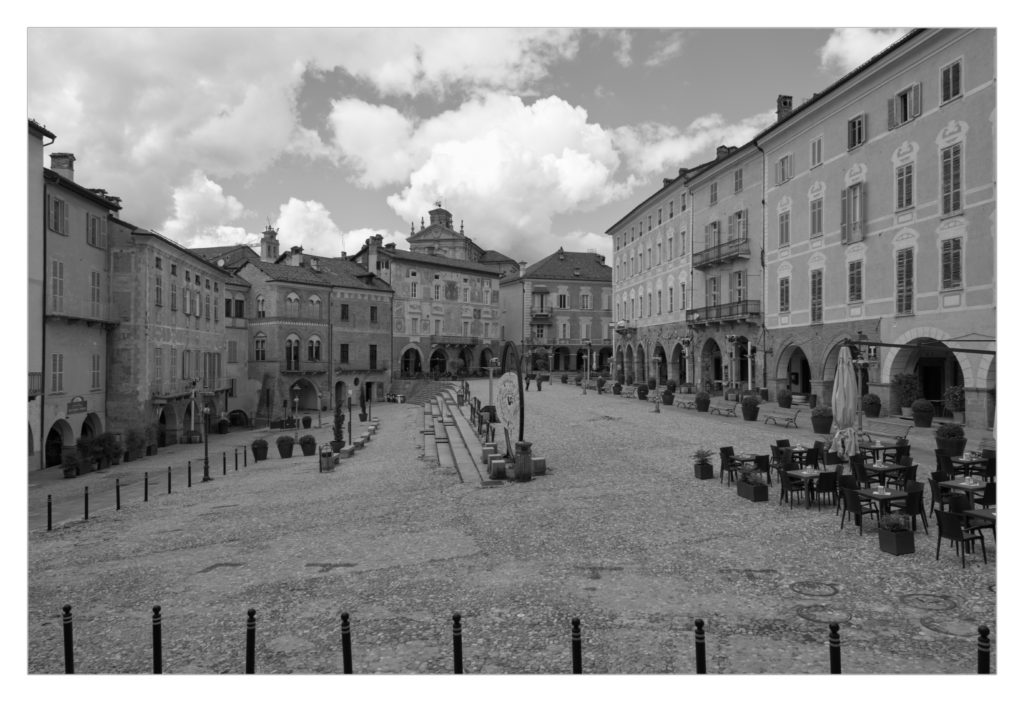

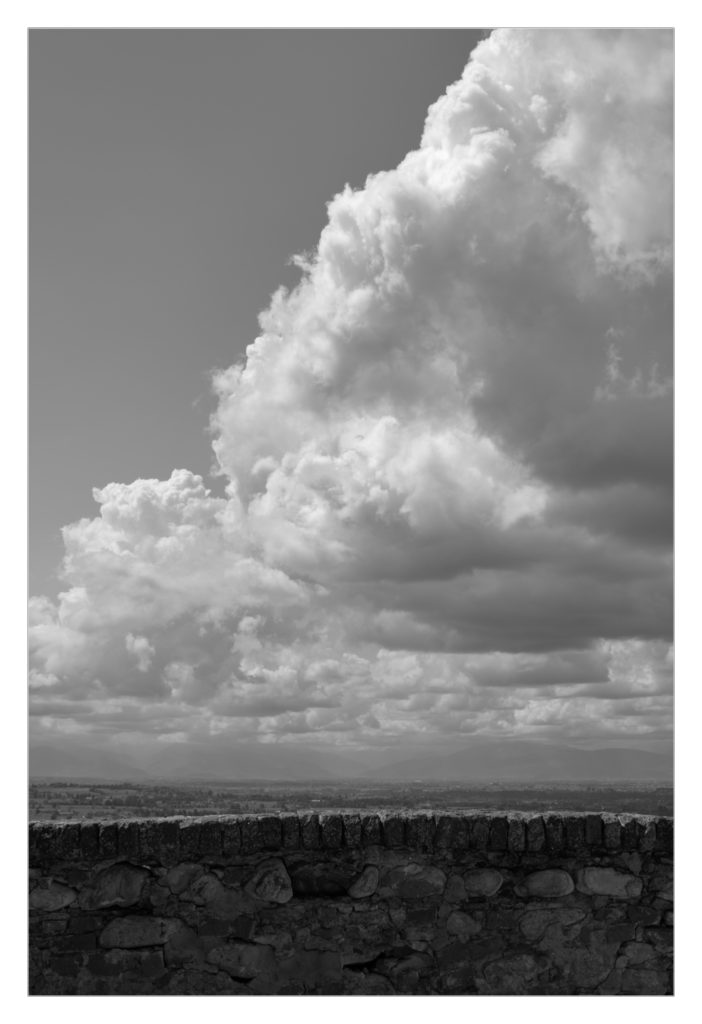
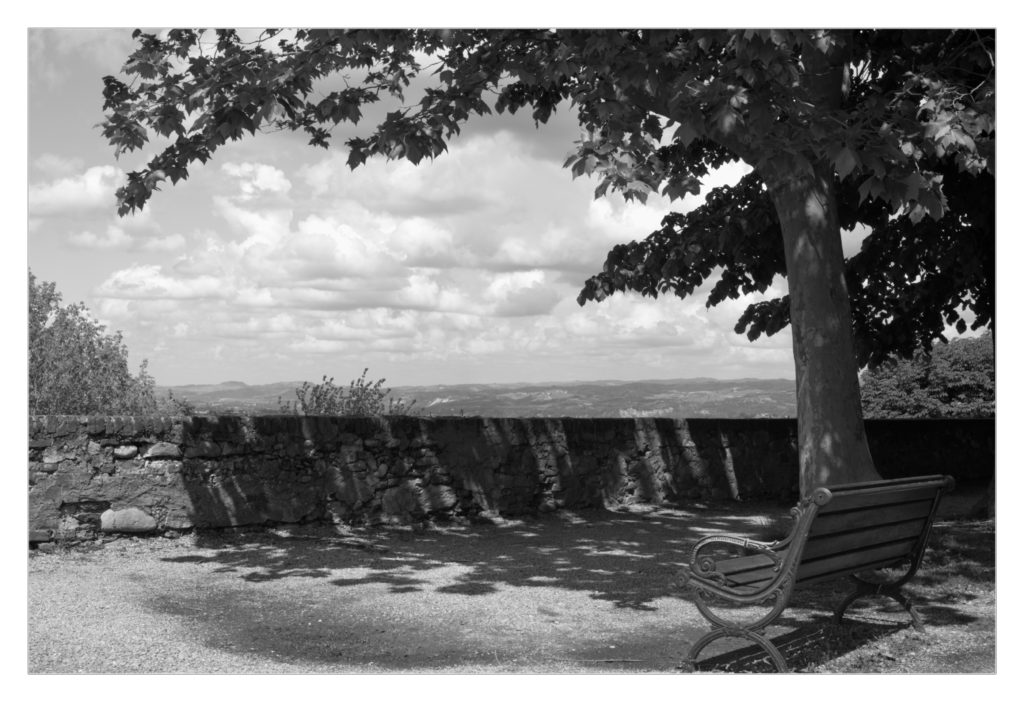


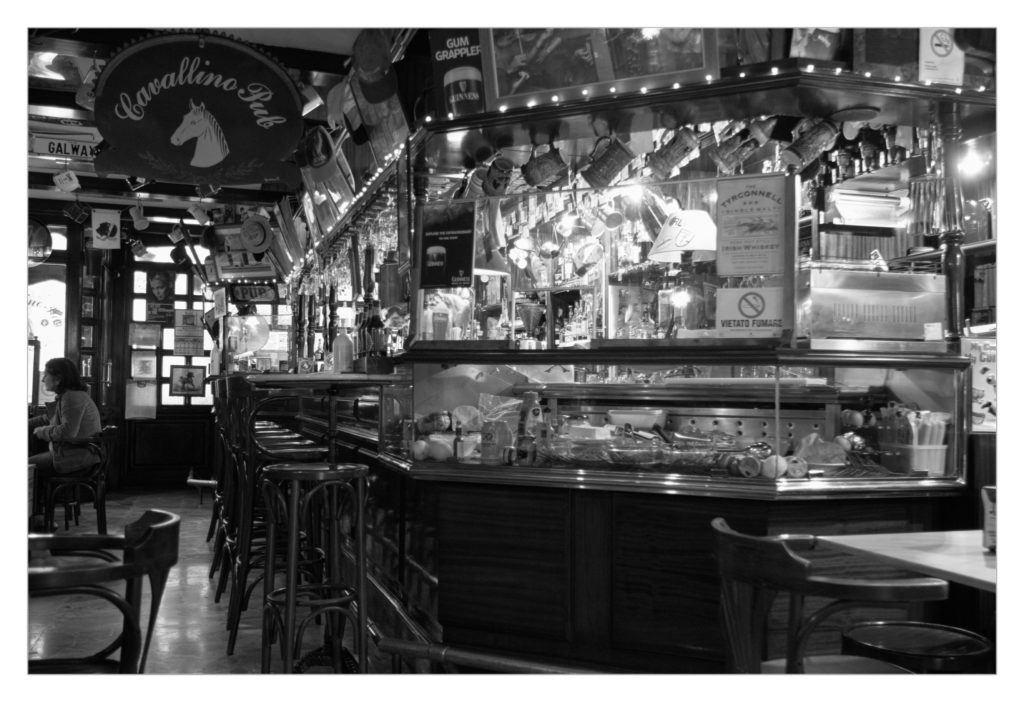

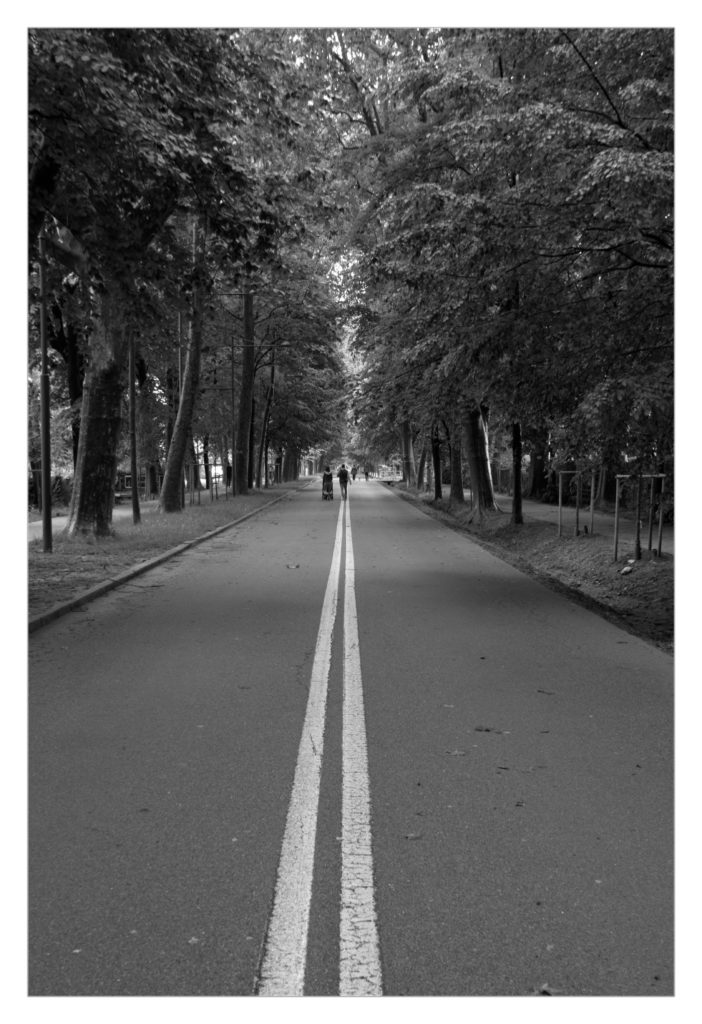
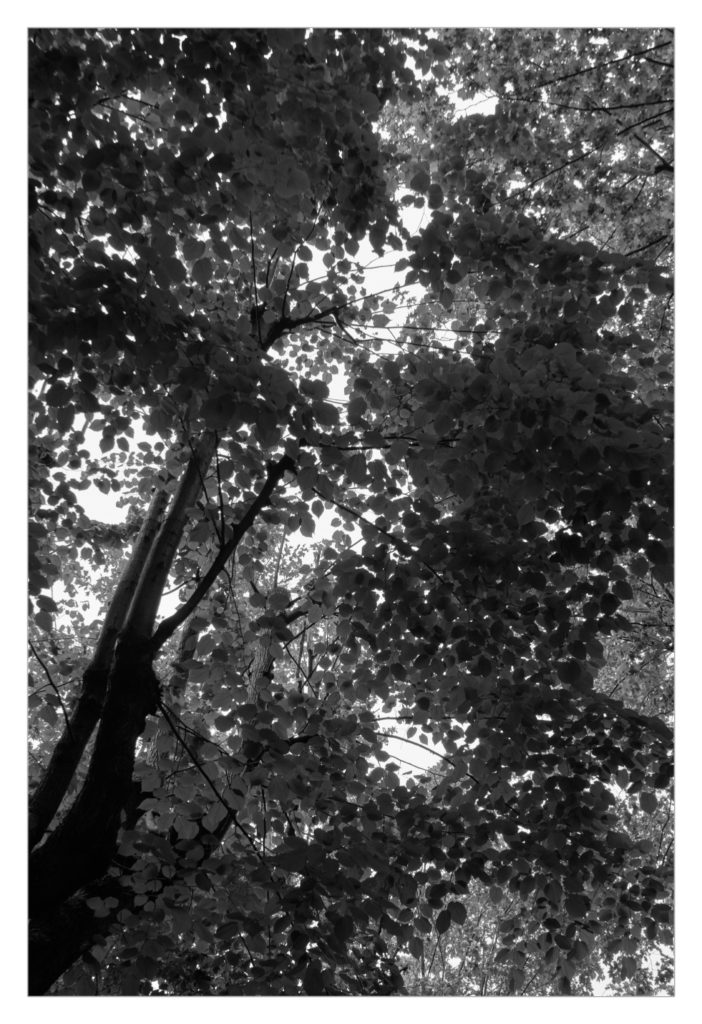

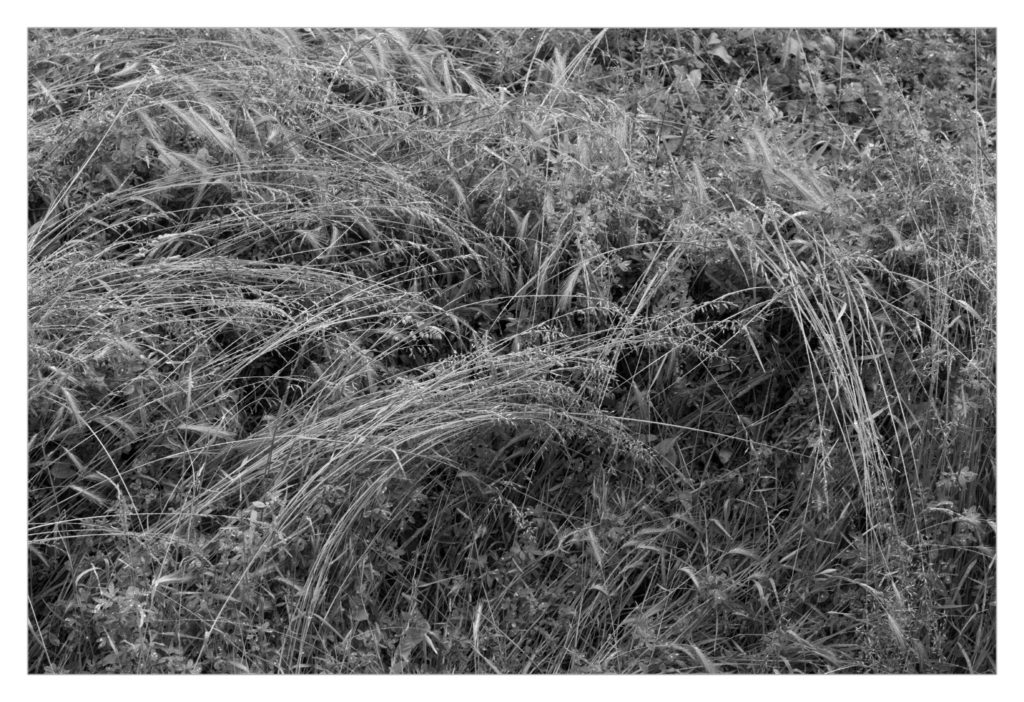

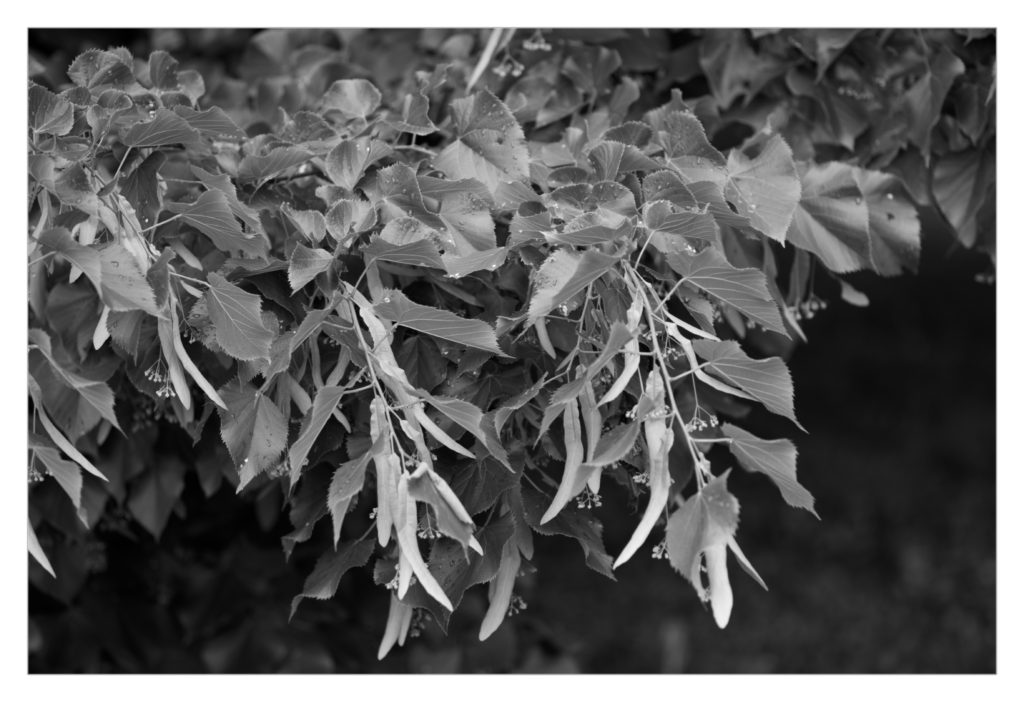
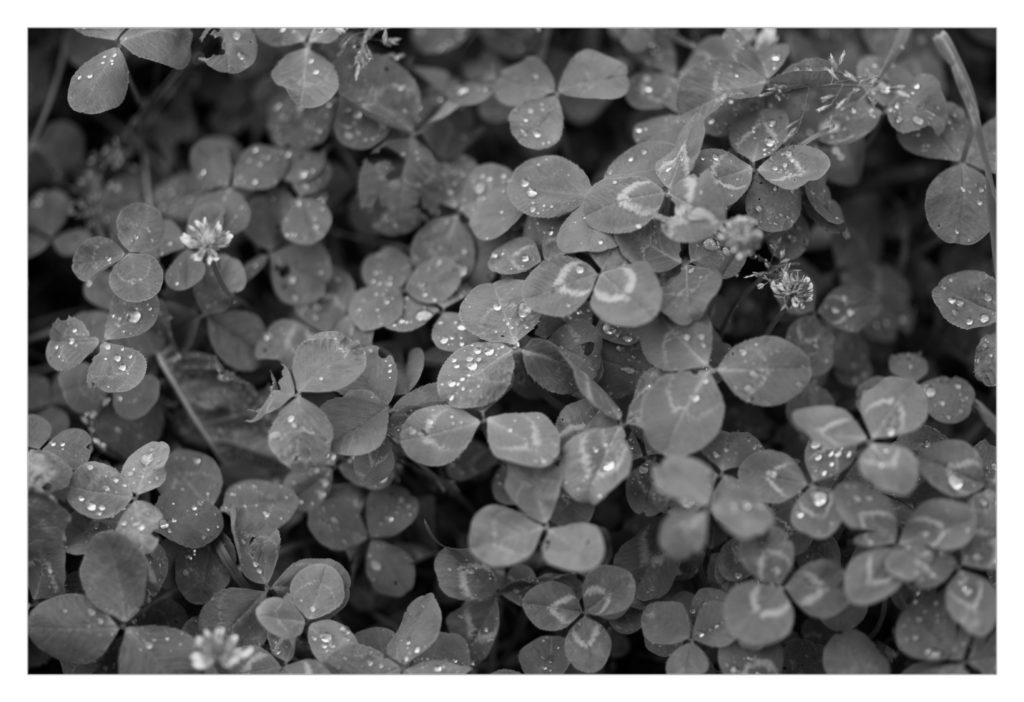
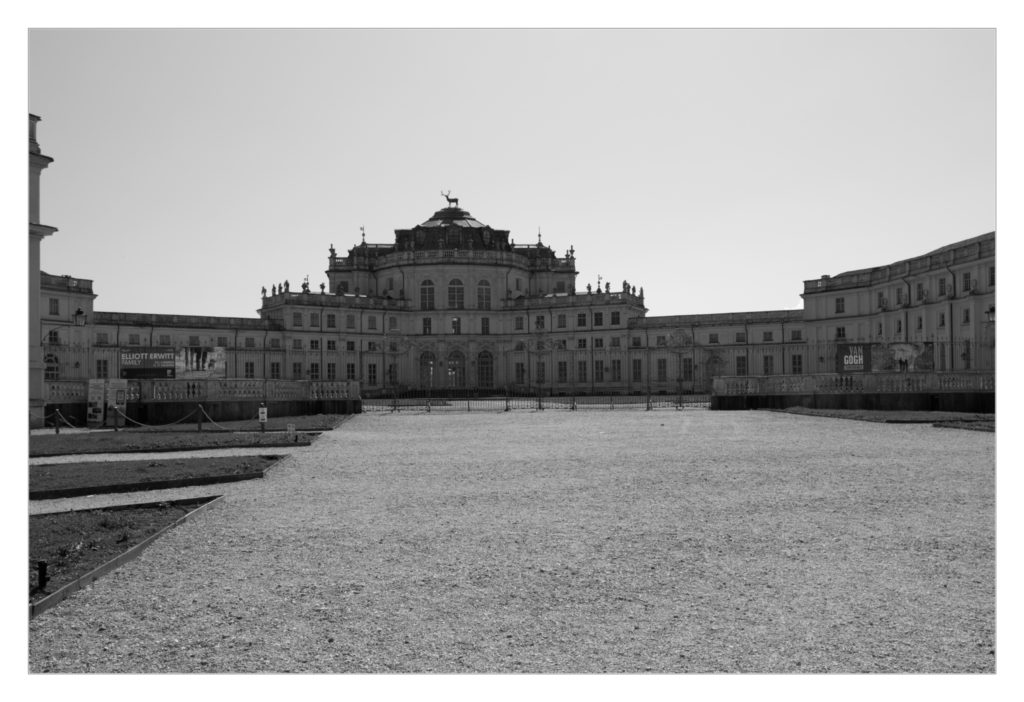





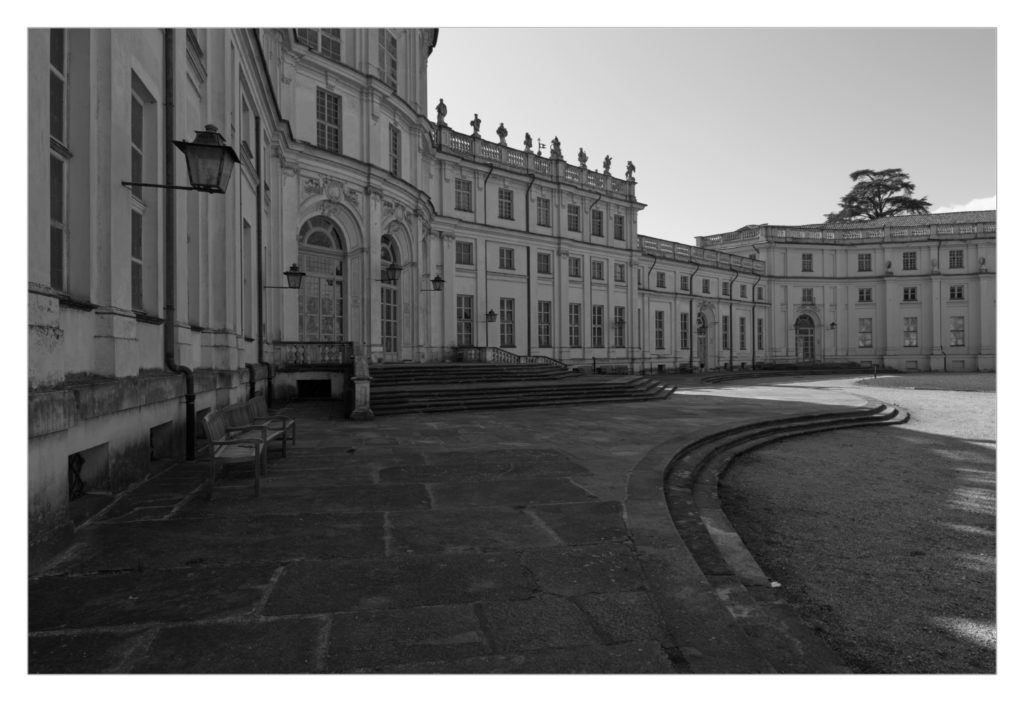
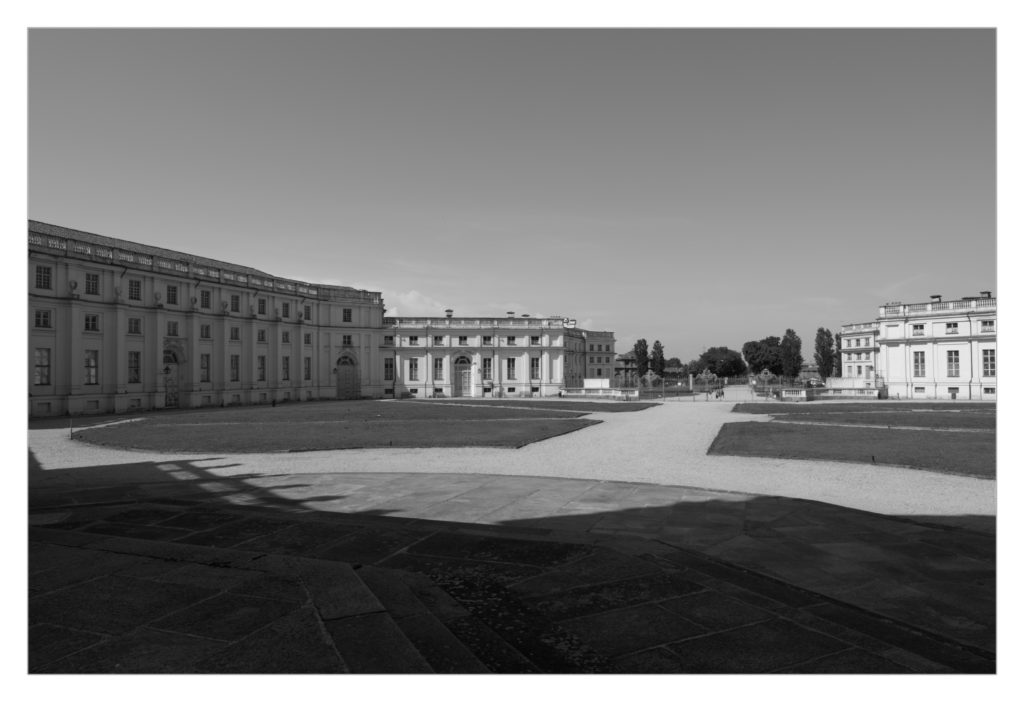


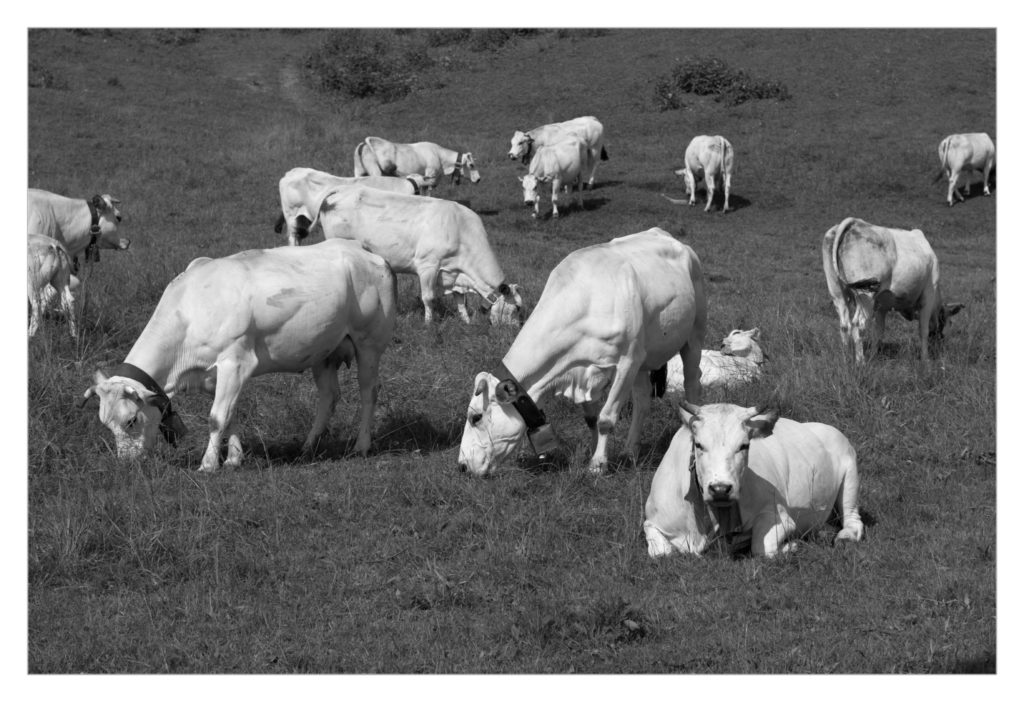
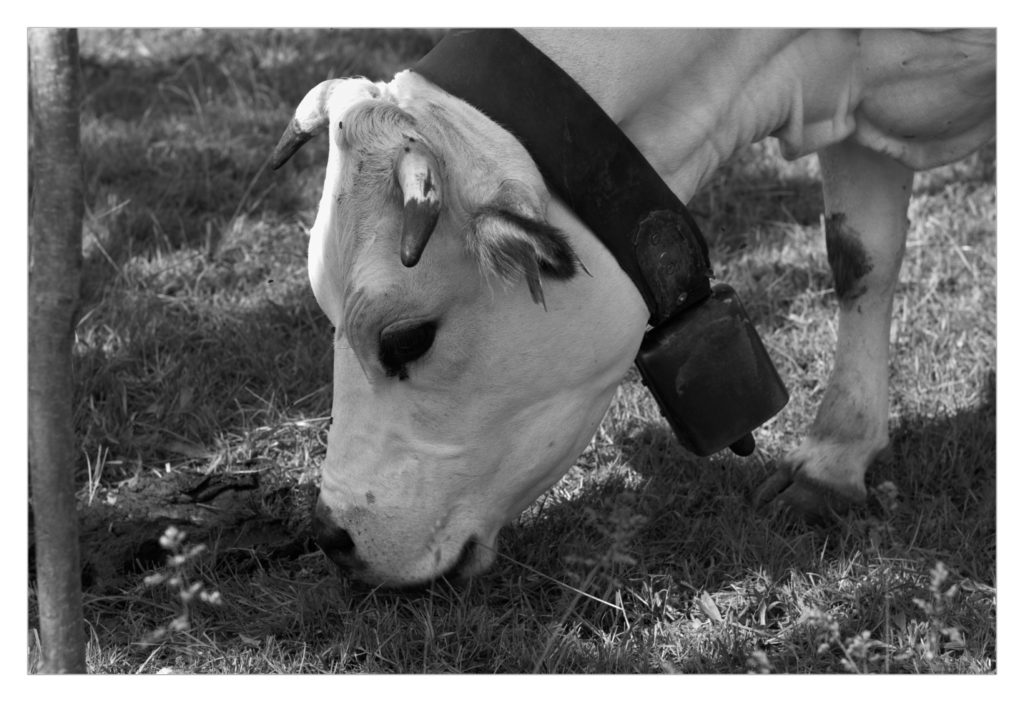


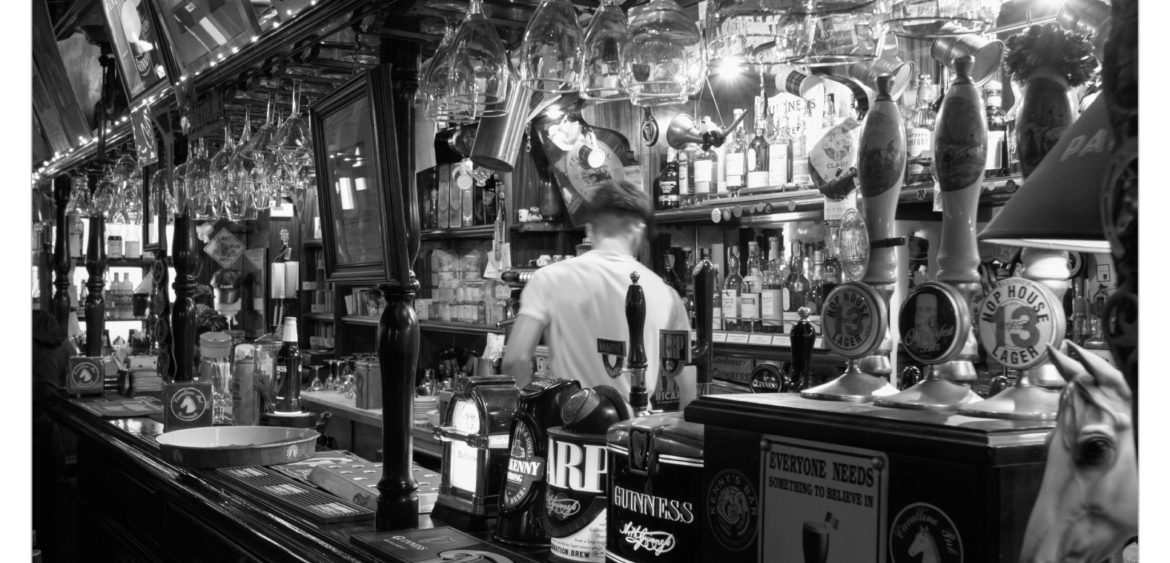

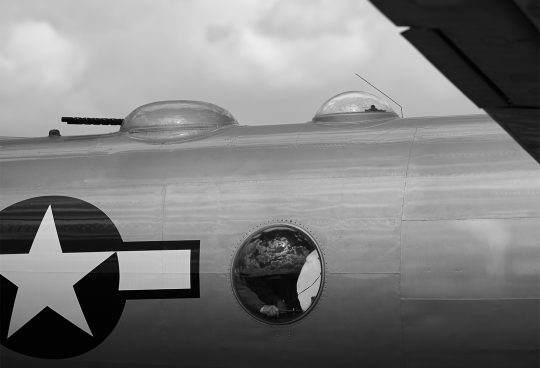
Sorry, the comment form is closed at this time.